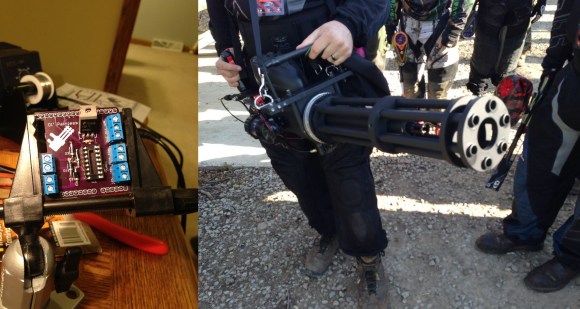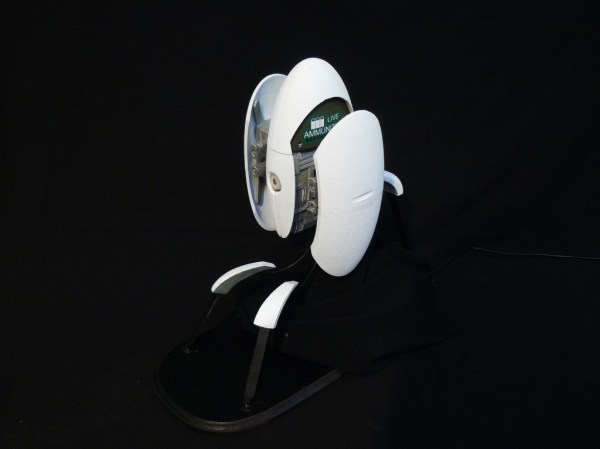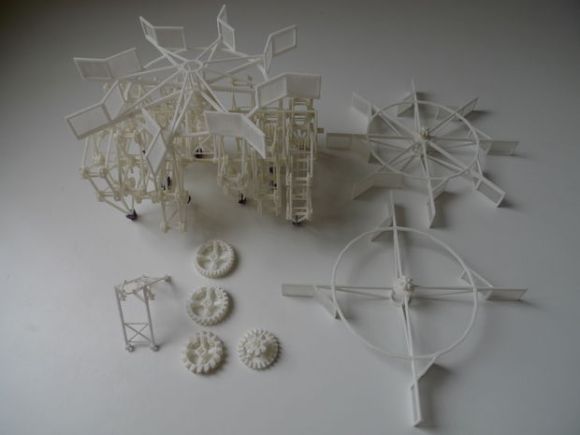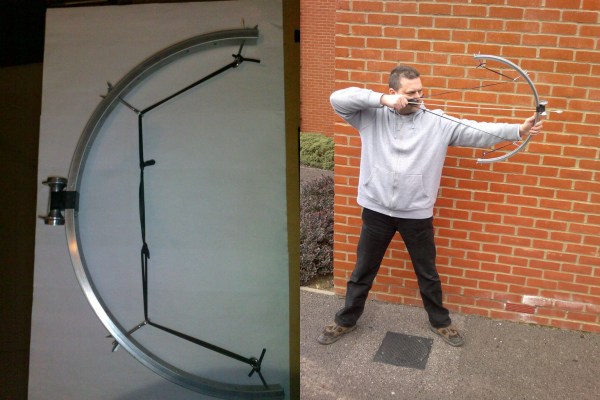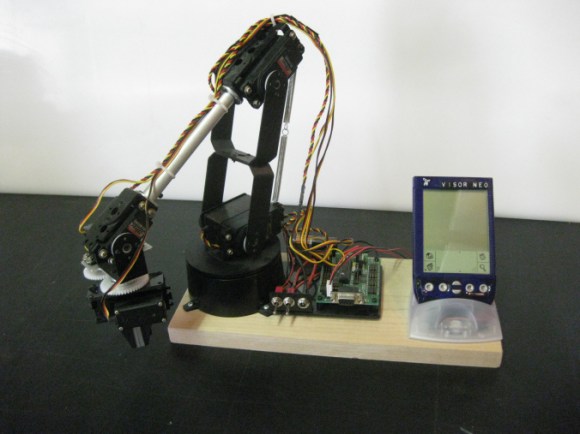The Oculus Rift is a really cool piece of kit, but with its future held in the grasp of Facebook, who knows what it’ll become now. So why not just build your own? When the Oculus first came out [Ahmet] was instantly intrigued — he began researching virtual reality and the experience offered by the Oculus — but curiosity alone wasn’t enough for the $300 price tag. He held off until he had a useful purpose for it, and as it turns out he did — he builds and flies multicopters, for which an FPV setup would be super handy!
Other FPV setups cost close to $300 as well, so getting a device with more features just makes sense. Promptly after realizing this, he faced the Maker’s Dilemma: Buy it, or build it? To test the waters, he decided to order some aspheric lenses to do some quick tests with a smart phone and a ghetto cardboard box setup — the results were surprisingly good. No turning back now!
The hardware consists of:
- 5.6″ 1280×800 LCD
- 3D printed enclosure
- 12V power adapter
- USB to TTL
- 50mm aspheric lenses (5X zoom)
- Arduino Mini Pro
- GY-85 9DOF IMU
- Various wires, foam padding, and glue
The majority of the cost here is in the LCD, with everything else being pretty inexpensive. Once it’s all built (details on his blog), it is time to get the software, downloaded right off of GitHub. The rest is pretty self-explanatory — just take a look at the results! We’re even tempted to build one now. Videos below.
Continue reading “OpenVR: Building An Oculus Rift For Only $150”


